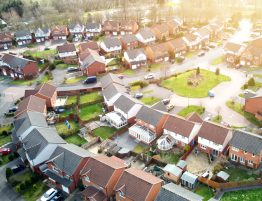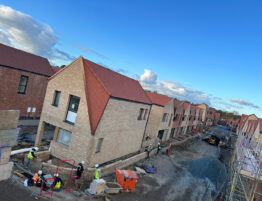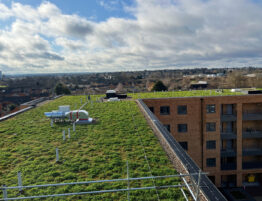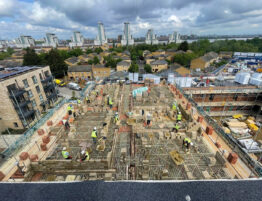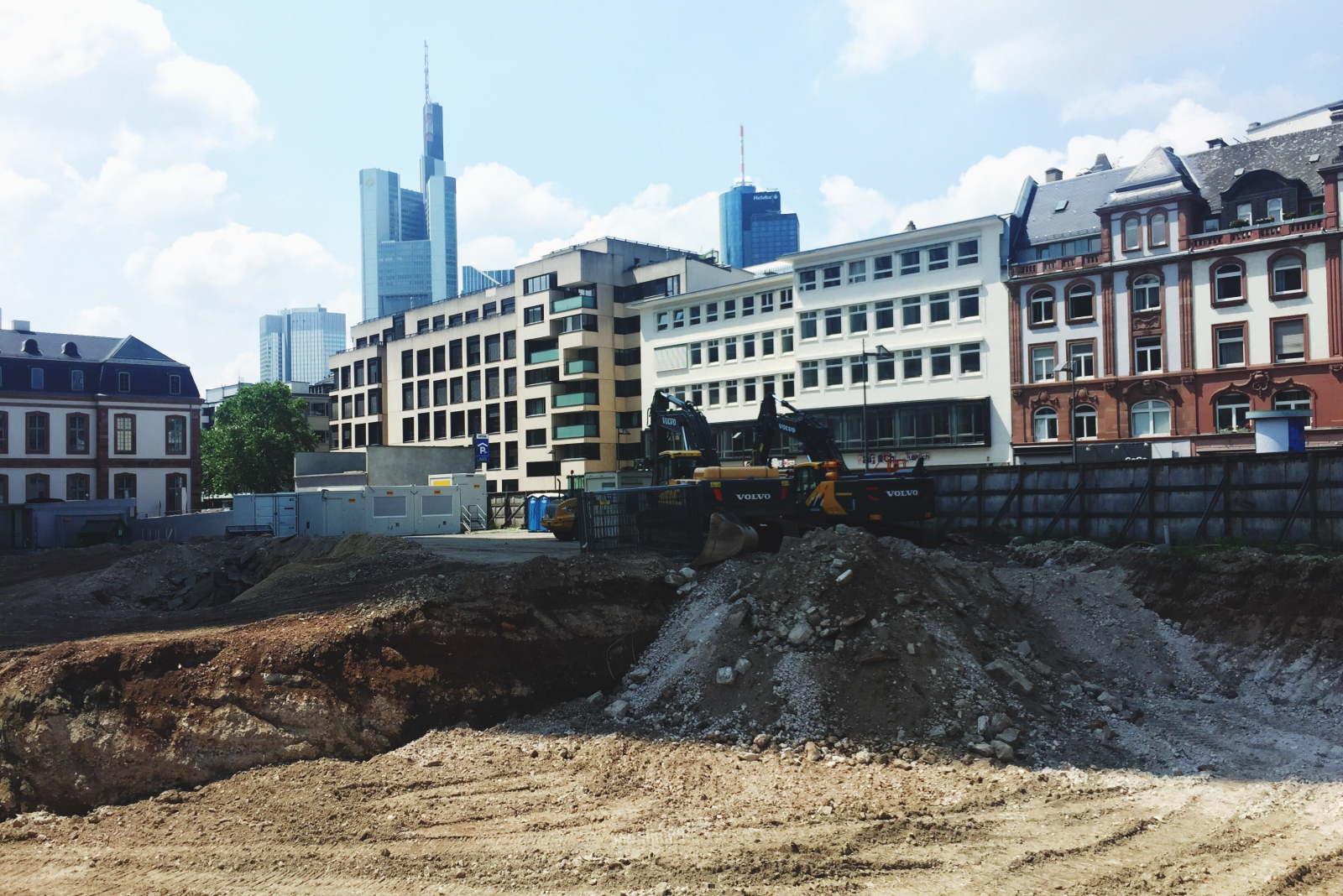
With the housing crisis consistently listed among the top five issues facing the UK, it’s been interesting to note what the two main political parties are saying about this in the run up to the general election.
While the conservative party have not revealed many housing-related plans as yet, Labour are promising to build 1.5m new homes in the first five years of a labour government and say that brownfield sites will be the number one priority. As a subject that’s close to our business, we thought we’d use this week’s blog to explore the pros and cons of building on brownfield sites.
What is a brownfield site?
In the UK a brownfield site is defined as ‘previously developed land’ that is no longer in use but can potentially be redeveloped. It is often (but not always) derelict land that has an industrial/ commercial history and comes with the possibility of contamination. Examples include disused industrial estates and former factories. In 2021/22, 54% of new homes were built on this type of land.
A ’State of brownfield ‘ report published by the Campaign to Protect Rural England (CPRE) in 2019, demonstrated that there was over 26,000 hectares (18,000 sites) of brownfield land in the UK, enough to build 1.16 million new homes.
Given that the land is available and that many people (in politics, industry and in local communities) find this a preferable option to allowing building on green spaces, let’s look at some advantages and disadvantages.
The pros
- Reducing derelict/ uncared for land or properties improves the quality of the built environment for local communities and can reduce crime.
- Locating new homes close to existing infrastructure and jobs can create vibrant communities that support a town or city’s economy; promotes walking, cycling and use of public transport; and reduces costs by connecting to existing roads and utilities.
- When local councils are asked to speed up the development of derelict or underused land for new homes, developers can benefit from fast-tracked planning permissions and that means people seeking a housing solution can occupy the new homes quicker.
- Helping to protect rural/ agricultural land from being developed offers a host of environmental and ecological benefits.
- With smaller sites being more manageable for small-medium sized developers, a brownfield development strategy can promote greater diversity in building suppliers and encourage innovation in design.
The cons
- Brownfield sites must be assessed for hazardous compounds by an experienced environmental consultant and any identified contaminants must be removed (by remediation) before they can be redeveloped. This presents both time and cost implications for potential developers.
- Brownfield sites may initially appear unattractive and physically constrained, meaning a greater commitment has to be given to the design stage of construction.
- Even when planning departments are directed to speed up these types of redevelopment projects, in reality this isn’t always the case, particularly if there are issues to resolve with adjoining neighbours.
- At many brownfield sites, the number of potential units will be limited, meaning they give reduced returns for a developer.
Our view
From a developer’s point of view, the most significant constraint to working with brownfield land is the additional cost and time involved in site preparation. However, to us, the benefits clearly outweigh this and any other disadvantages.
- By cleaning up environmental health hazards and eyesores, brownfield development can make vast improvements to the built environment that many of us live within.
- By creating homes and employment opportunities for local people, it can contribute to the significant regeneration of an area.
- By keeping construction within already existing towns and cities, it can help promote conservation and protect wildlife.
- Above all, with so much of this unused or underused land available we think it’s the best solution for meeting future housing needs.
What do you think?
Let us know your views on brownfield development by commenting over on our Facebook or LinkedIn pages.
04.05.2024
Feature image: Freepik

